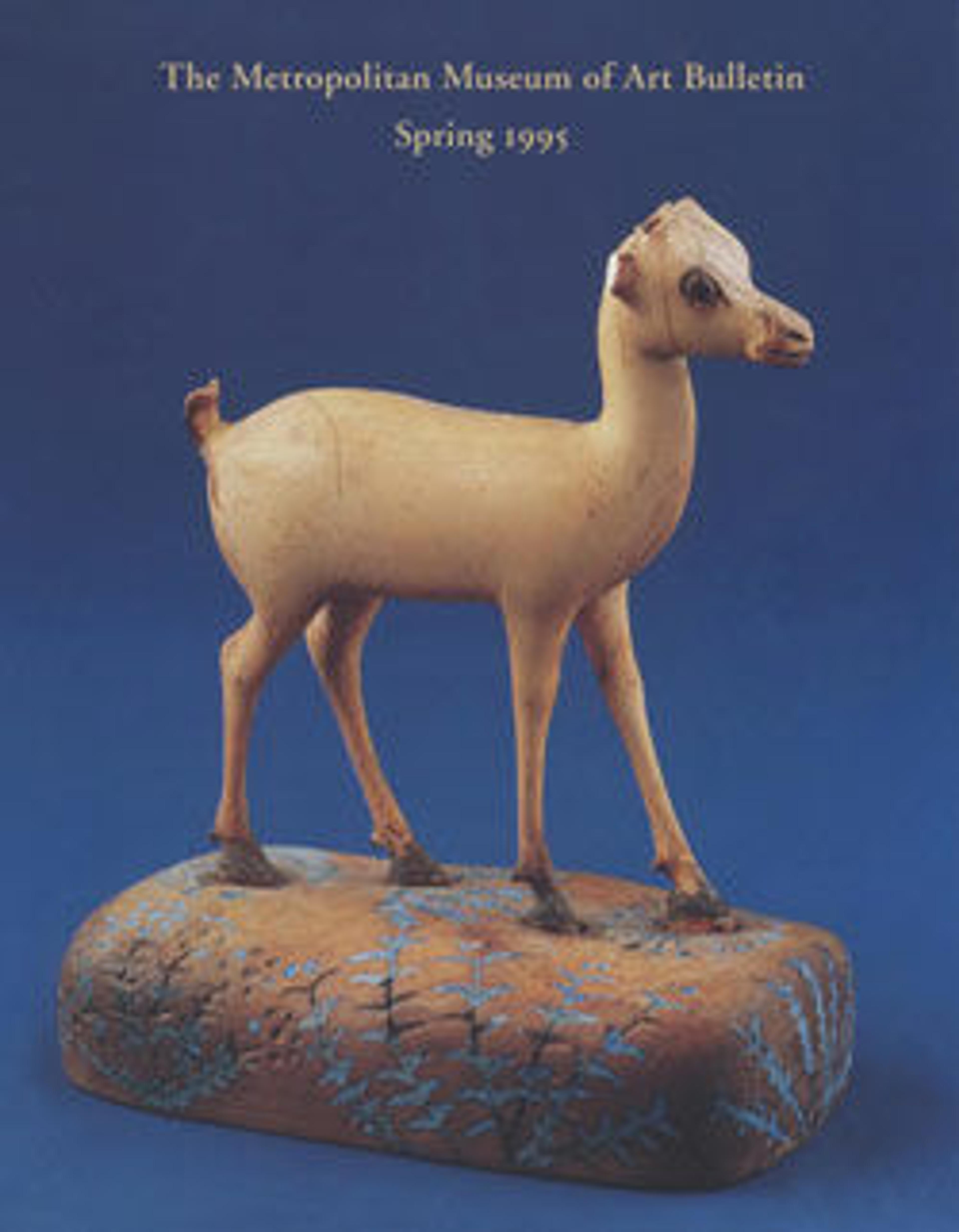Relief plaque with face of an owl hieroglyph
Small Late Period and Ptolemaic reliefs or sculptures that depict a subject in a partial or unfinished way but are themselves finished objects constitute a special class of object. Guidelines like those for artists are often prominently exhibited as part of the object, although, in fact, many instances can be noted where the object simply could not serve as a suitable model for a traditional formal Egyptian representation. Personifications of kingship, figures that may represent the now emerging demigods Imhotep and Amenhotep Son of Hapu, and popular gods like Harpokrates or Isis, are heavily represented within the corpus.
Taken together, the figures represented and the other features indicate the reliefs and sculptures of this class, sometimes called by Egyptologists "sculptor’s models / votives," were the material of a donation practice, perhaps connected with the prolific temple building of these centuries. Unfortunately there is little to illuminate us about the mechanics of such a donation practice.
This relief depicts the frontal face of the owl hieroglyph in remarkably high relief.
Taken together, the figures represented and the other features indicate the reliefs and sculptures of this class, sometimes called by Egyptologists "sculptor’s models / votives," were the material of a donation practice, perhaps connected with the prolific temple building of these centuries. Unfortunately there is little to illuminate us about the mechanics of such a donation practice.
This relief depicts the frontal face of the owl hieroglyph in remarkably high relief.
Artwork Details
- Title: Relief plaque with face of an owl hieroglyph
- Period: Late Period–Ptolemaic Period
- Date: 400–30 B.C.
- Geography: From Egypt
- Medium: Limestone
- Dimensions: 10.3 x 11.1 x 2.5 cm (4 1/16 x 4 3/8 x 1 in.)
- Credit Line: Rogers Fund, 1907
- Object Number: 07.228.11
- Curatorial Department: Egyptian Art
More Artwork
Research Resources
The Met provides unparalleled resources for research and welcomes an international community of students and scholars. The Met's Open Access API is where creators and researchers can connect to the The Met collection. Open Access data and public domain images are available for unrestricted commercial and noncommercial use without permission or fee.
To request images under copyright and other restrictions, please use this Image Request form.
Feedback
We continue to research and examine historical and cultural context for objects in The Met collection. If you have comments or questions about this object record, please complete and submit this form. The Museum looks forward to receiving your comments.
